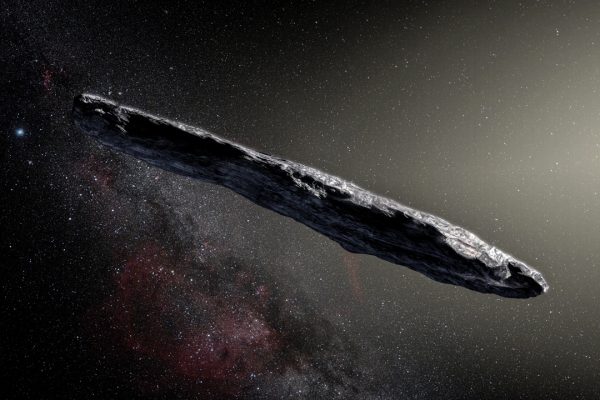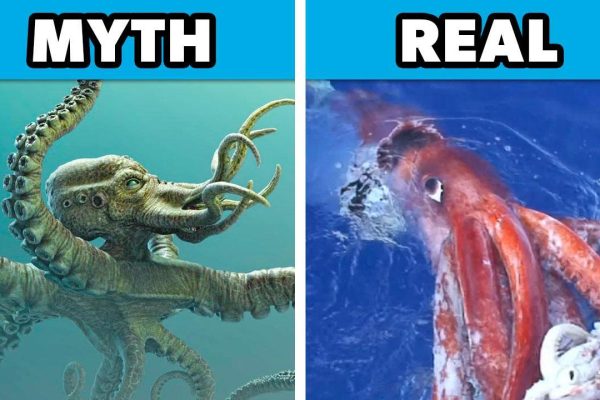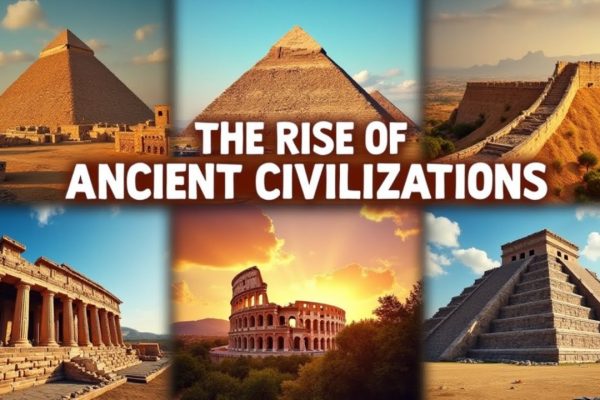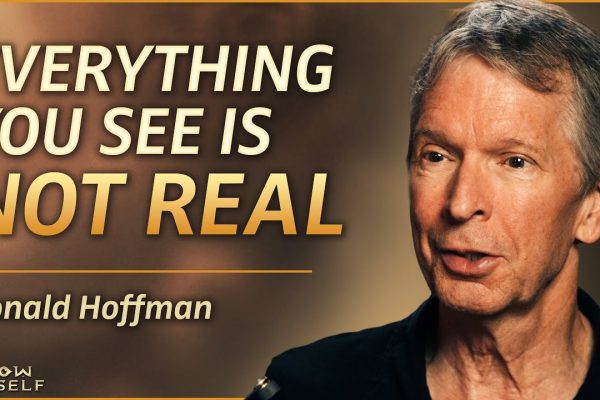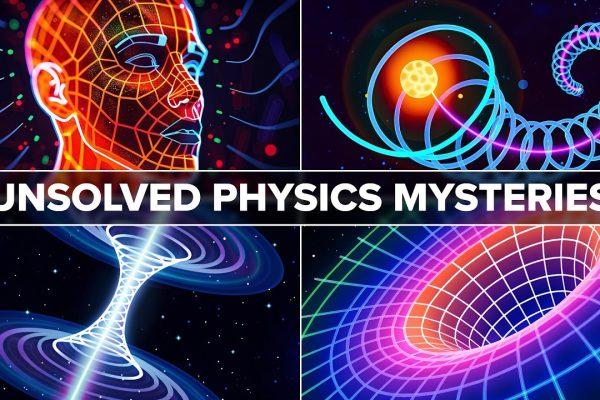
Top 10 Forbidden Places on Earth That Hide Dark Secrets 🚫🌍
From government-restricted islands to cursed lands, there are places on Earth so dangerous or mysterious that they remain completely off-limits to the public. Whether due to deadly conditions, classified experiments, or supernatural legends, these locations hold chilling secrets that authorities would rather keep hidden. In this article, we reveal the Top 10 Forbidden Places on…

